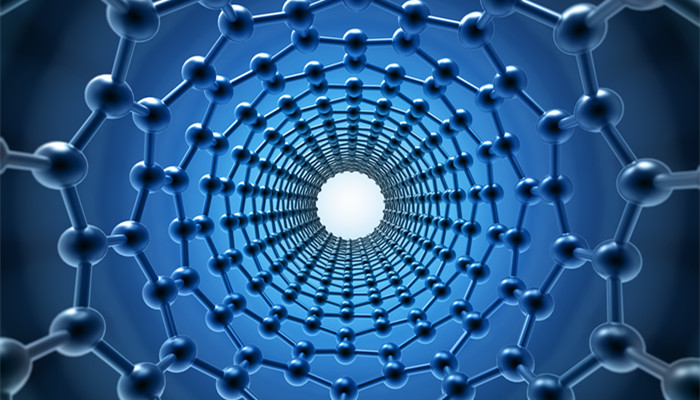
The phase change materials (PCM) industry has good development prospects. Local companies still need to speed up their deployment in the high-end market.
Phase change materials, referred to as PCM, refer to substances that change the state of matter and provide latent heat when the temperature remains unchanged. According to different chemical compositions, phase change materials can be divided into three categories: inorganic phase change materials, organic phase change materials, and composite phase change materials. Inorganic phase change materials mainly include crystalline salts, molten salts, metals and their oxides, etc.; organic phase change materials mainly include paraffin, ester acids, polyols, etc.; composite phase change materials include graphite-based, graphene-based, and carbon fiber-based phase change materials. Materials etc. Among them, composite phase change materials can not only overcome the shortcomings of single organic/inorganic phase change materials, but also improve the application effects of phase change materials. They are currently a hot area of research on phase change heat storage materials.
Phase change materials have the characteristics of non-toxic, non-corrosive, high energy, long life, large latent heat, and many cycles. They are used in building energy saving, thermal storage heating, cold chain transportation, communication heat dissipation and other scenarios. The terminal application fields include construction , heating, electricity, home appliances, medical care, chemical industry, logistics, communication equipment, aerospace, etc., with a wide range of application fields.
Under the current background of the rising trend of green construction transformation and upgrading in China and the continuous increase in the penetration rate of cold chain logistics, phase change materials, as an important type of building energy-saving materials and cold chain logistics cold storage materials, have continued to increase their market demand and expand their scale. . According to the “China Phase Change Materials (PCM) Industry Market Segment Demand and Development Opportunities Research Report 2023-2028” released by the Industrial Research Center shows that my country’s phase change material market size will be approximately 6.58 billion yuan in 2022, a year-on-year increase of 17.4%.
There are currently a large number of domestic phase change material companies. The main companies include Henkel of Germany, BASF of Germany, Cryopak of Canada, Dow Chemical of the United States, Laird of the United States, Croda of the United Kingdom and other international companies, as well as Uda Phase Change Energy Storage, Zhongjia New Materials, Domestic enterprises such as Qintian Technology Group, Saimao New Materials, Xineng Phase Change New Materials, Feijie Technology, etc. Compared with international companies, there are certain gaps in my country’s phase change materials in terms of technology, scale, research and development, etc. Products are mainly concentrated in the middle and low-end markets, and the high-end market competitiveness is relatively insufficient.
Utilizing the latent heat of phase change materials for energy storage can help improve energy utilization efficiency. Under the background of rapid development in downstream application fields and continuous upgrading of market demand, my country’s phase change material industry is continuously developing in the direction of high performance, polymers, and high-end. In the future, as domestic companies accelerate the development of high-end products, the competitiveness of my country’s phase change material companies is expected to continue to improve.
Industry analysts personnel said that in recent years, under the background of the continuous advancement of domestic dual-carbon goals and the continuous strengthening of environmental protection supervision, phase change materials Application scenarios continue to expand, the market scale continues to expand, and the industry shows good development prospects. However, at present, my country’s phase change material products are still mainly concentrated in the mid-to-low-end market. In the future, local companies will need to speed up the development of high-end products to promote the continuous improvement of their competitiveness, thereby accelerating the localization process of the high-end market.

 微信扫一扫打赏
微信扫一扫打赏

